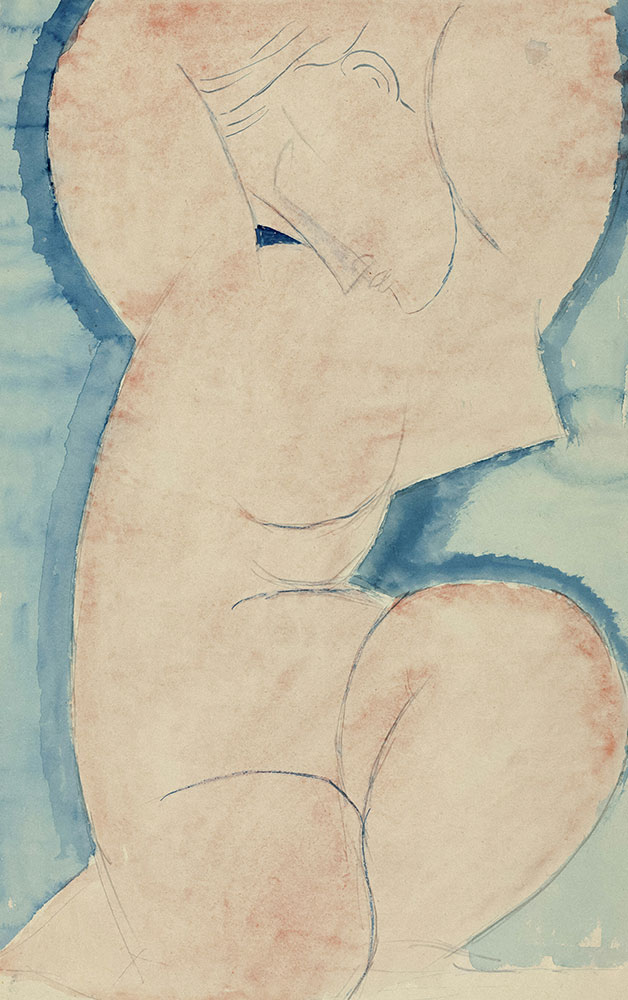
Picture this. You’re lying pants down, legs in stirrups, with a nurse halfway through a Mirena IUD removal procedure, when she suddenly proclaims “twins!”.
Cue a full-blown unexpected pregnancy spiral despite the fact that you have a girlfriend and there is no possible way you could be unless you’re a modern-day Virgin Mary. Pure unadulterated fear is most likely plastered across your face, so the nurse hastily adds, “twin IUDs. You had two IUDs in you!”.
Yes. You read that right. Unfortunately, the unsuspecting mother of twin IUDs was me. For three whole years I had been blissfully unaware that I had a literal stowaway in my uterus. I knew it was bad when a swarm of medical staff were peering down at the newborn Mirenas, with a veteran doctor muttering, “never in my career”.
I had escaped a swathe of serious medical complications such as uterine perforation or implantation, infection and sepsis, according to Mayo Clinic. After some serious internet deep-diving, I realised I had not gotten off scot-free. For the past three years I’d been operating in progesterone overload, and in retrospect, it was glaringly obvious. As a gay, I’m vehemently anti-Christ, but perhaps I do have gynaecological angels.
I’d been at war with relentless blonde peach fuzz armed with a derma plane and a medication called spironolactone that left my skin thinner than tissue paper. And let’s not forget the smattering of persistent acne I bathed in chemicals, tried to starve off with a horrendously boring dairy-free, low sugar diet and treated with naturopathic herbal mixtures to no avail.
Rage was my natural response. As an endo-girlie who has been disappointed by the lack of research into women’s health since my first luteal cycle, knowing I’d been in hormonal hell due to a medical mishap was the absolute last straw. And little did I know it was about to get a whole lot worse: I was staring down the barrel of a double Mirena crash.
That is a theory with commonly reported symptoms of depression, anxiety, insomnia, fatigue, headaches, acne, nausea, mood swings, hair loss and weight gain, experienced after Mirena removal due to a drop in progesterone and subsequent hormonal imbalance.
It was bad. Like, really bad. At 28, I experienced cystic acne while comically filming a TV show with HD cameras picking up every pore on my face (shout out to the post-production editors who probably had to work some serious movie magic on my skin). My cycle was more erratic Tāmaki weather, hitting me with two-week periods to three days of spotting. And my mood. Well, let’s just say sometimes I’d sob on the bus to Megan Thee Stallion. It turns out the line “this pussy is depressed” really hits when you’re in progesterone withdrawal.
I know this is sounding like an anti-Mirena tirade, so I should probably make it clear that I am a huge advocate for an IUD. Just not two at once.
Endometriosis dictated my early teens, from cramps so bad I could only lie in the fetal position for hours on end, to such heavy blood loss I needed iron transfusions every month. To manage the symptoms, I trialled a Bratz-doll named line up of contraceptive pills, from Yaz to Celest and Cerazette – but I guess we just never clicked.
At 17 I got my first Mirena and experienced a sweet, sweet endo-free decade. I felt like I’d reclaimed my body from a cyclical splatter film and could finally operate in a society that doesn’t have time for a week in bed with a hot-water bottle per month.
What I have a problem with is the persistent dismissal from medical practitioners about the absolute circus of side effects that contraception puts us through. There’s a reason for this: gender bias in medicine. Literature determines that the exclusion of female participants from medical studies, male-dominated research subjects and researchers themselves have a big role to play in the gender medicine gap.
According to Dr Kelly Burrowes, in the UK, “less than 2.5% of publicly-funded research was dedicated to reproductive health. Yet one in three women will suffer from a reproductive or gynaecological health issue. This means roughly 16% of the population will experience an issue that receives only 2.5% of the annual research budget.”
It’s mind-blowing that 50% percent of the population are receiving medical care that sees their bodies as atypical. Yet it isn’t surprising. Female and transgender bodies have always been kicked about in political hacky sack. We only have to look to the 2022 overturning of Roe v Wade in America and the reversal of abortion laws. Or NZ First’s ironically named “Fair Access Bathroom Bill”, which once again thrashes the transphobic argument around toilet access in Aotearoa by proposing a fine of up to $2000 to anyone “who uses a single-sex toilet and is not of the sex for which that toilet has been designated.” Seriously, Winston, just let trans people go to the loo in peace already.
But back to my hormonal plight… The constant downplaying from doctors regarding the side-effects of my post-double IUD progesterone imbalance has at times felt like being gaslit. I was left to the hormonal wolves with no one but Reddit users to validate me.
For anyone suffering through the same thing, I can promise that almost one year post-removal, things have almost settled. If you’re reading this and also battling the demon that is Mirena crash cystic acne, my hot tip is Malin+Gotez’s Nighttime Acne Treatment, of which I owe my sanity. And girls: get your nurse to double-check how many Mirenas you have at your next appointment!




